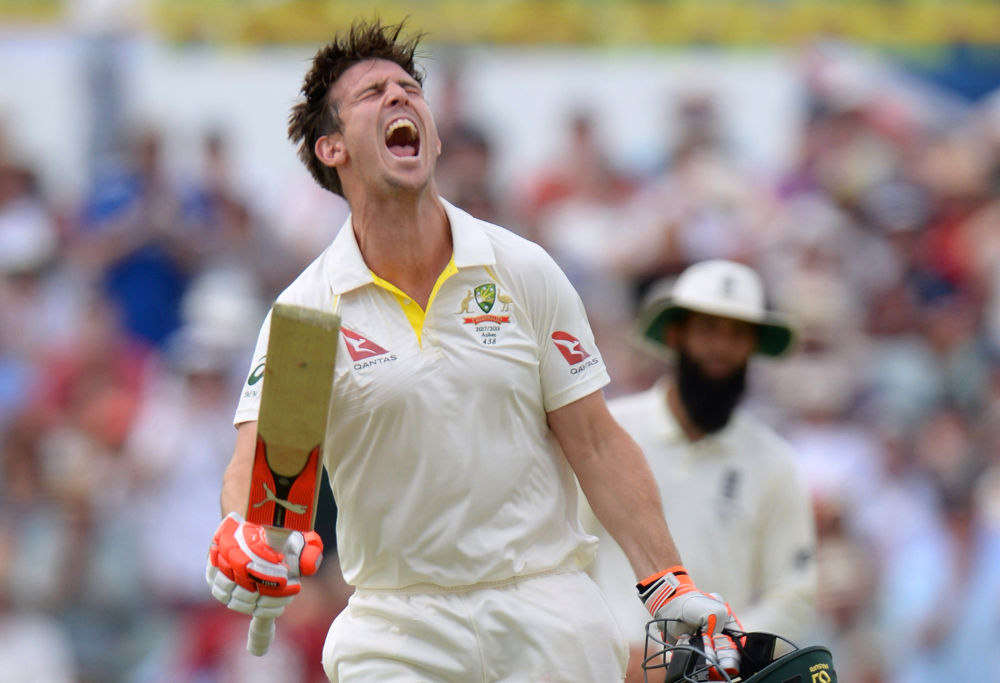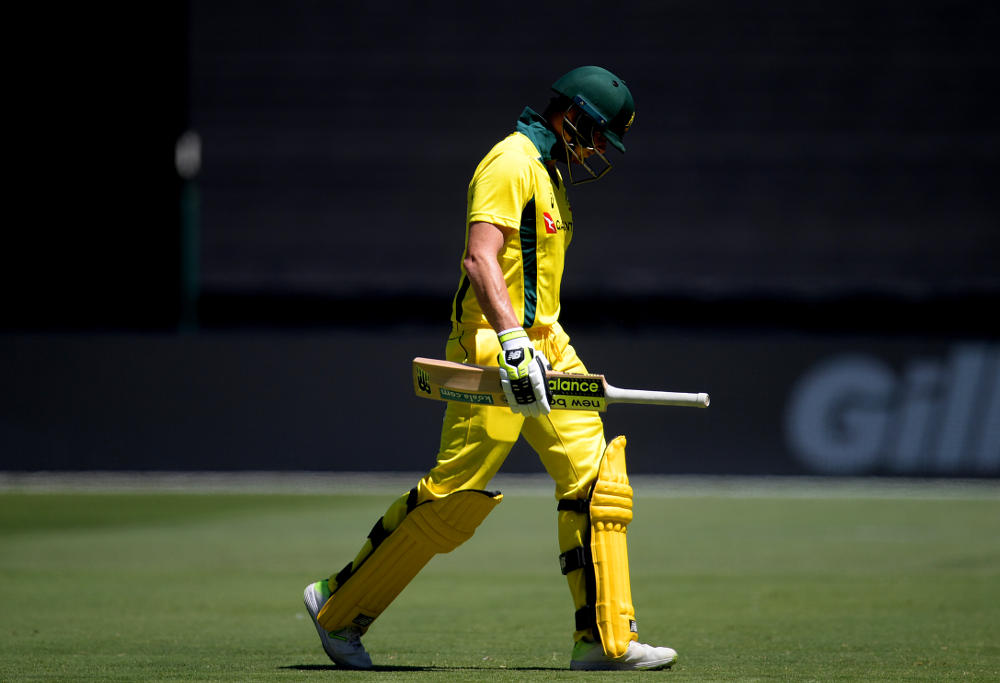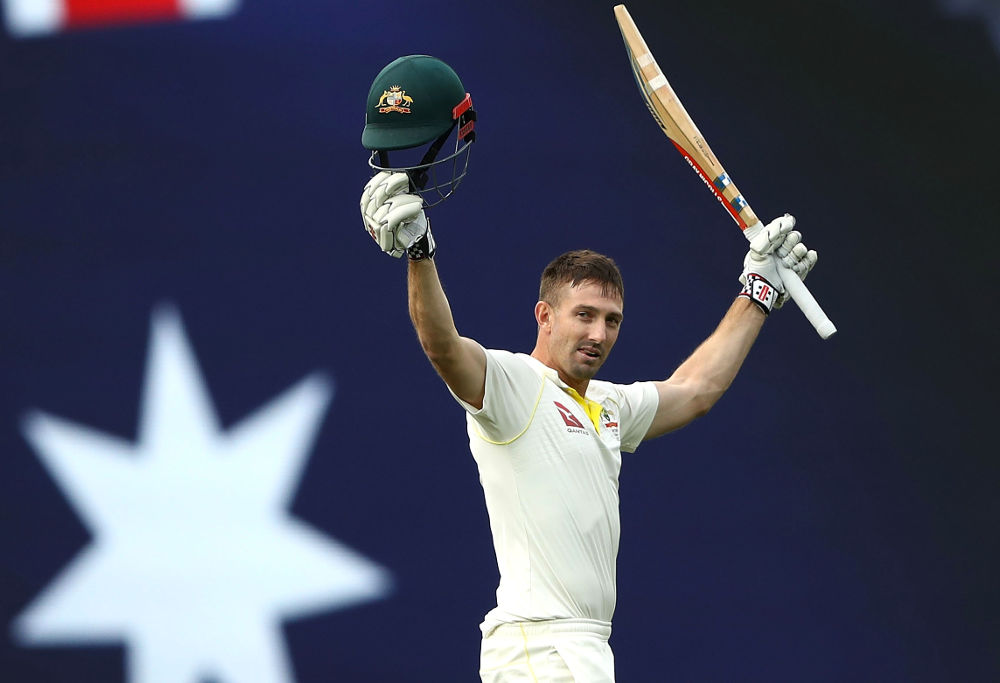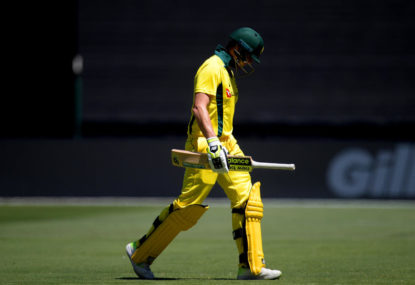Is the 4-0 Ashes series win all that matters from this Australian international cricket summer, or does the lost One-Day International series to England take the gloss off it?
At the end of the first week in January, there were few problems with the Australian cricket team.
The bowling unit was – and still is, to be fair – probably the best in Test cricket. Pat Cummins, Mitchell Starc, Josh Hazlewood and Nathan Lyon took 23, 22, 21, and 21 wickets respectively. Nine England bowlers took 55 wickets between them, by comparison.
Nine batsmen made more than 300 runs across the Ashes series, and five of them were Australian. Three of those Australians made more than 400. Steve Smith finished with 687.
With the possible exception of Cameron Bancroft, who has still shown plenty of promise this summer, and perhaps Jackson Bird’s bowling in Melbourne, there really wasn’t much to worry about.
The selectors made two hugely debateable and contentious calls at the start of the series, and both Shaun Marsh and Tim Paine repaid the faith and had impressive series.
Peter Handscomb battled early, was dropped – even though the selectors made it sound like it was a horses-for-courses decision – and Mitchell Marsh exploded in his place.

(Photo by Philip Brown/Getty Images)
Even not playing Chadd Sayers in Adelaide was the right call.
At the end of the first week in January, everything looked pretty bloody rosy indeed. What could possibly go wrong from here?
Well, in short, everything.
The rolling back of the all-out attacking batting that had been at the crux of so many Test collapses in the previous few years suddenly meant the one-day batting struggled to finish off promising starts.
Australia’s tactic of starting strongly in the powerplay, before consolidating and ‘accumulating’ runs through the middle order produced targets that might have taken some getting five years ago, but have become pretty standard and very gettable in the last two.
The best Test bowling attack in the game, minus its key off-spinning foil, suddenly looked very run-of-the-mill and well, hittable.
[latest_videos_strip category=”cricket” name=”Cricket”]
Australia’s ODI game plan which had not that long ago delivered a World Cup, suddenly looked not just old, but ancient.
And then there was the performances of the senior players; the very same players who were clinical in their dismantling of England during The Ashes were now firing on maybe not even half of all their cylinders.
Smith struggled for runs. David Warner’s output was even worse. Starc, Hazlewood, and Cummins were ‘managed’ through the series, and though they took wickets at reasonable strike rates and with decent economy, they were all guilty of bowling wrong lines and lengths at times.

(AAP Image/Tracey Nearmy)
And with only one bouncer per over allowed in ODIs, English batsman went after them after said bouncer was inevitably delivered early in an over.
What became obviously needed after the first loss, and was confirmed mid-series, was that ‘full review’ of how Australia tackles one-day cricket would be conducted. It was the sort of thing usually reserved for not just lost Test series – and lost Ashes series in particular – but heavy Test series losses.
And everything is apparently on the table: Should Smith remain captain? Are the power hitters needed at the top of the order, or down lower? Are there too many allrounders or not enough? Should Nathan Lyon be recalled (again)? Is there enough variation in the bowling?
Are the coaches developing the right game plans? Are more specialist players required?
Are specialist selectors required?
By the end of the one-dayers, it appears on the surface that Australia put so many eggs in the Ashes basket that minimal thought was put into the ODIs at all. As has been written and spoken of widely over the last month is that England are a much different team playing much different cricket when the colour of the ball changes from red to white.
Yet Australia either didn’t recognise that – a horrendous failure in planning – or couldn’t see that its’ own tactics since the last World Cup have been ineffective – a horrendous failure in reviewing past performances.
The Test team looks well settled for the most part. Steve Waugh used to say that it was rare that every player in a Test XI would be in top form, and that the team unit usually had to ‘carry’ a player or two. That’s about where the team is after the Ashes win.

(Photo by Ryan Pierse/Getty Images)
But the one-day performances do bring all that down by a good way, and if the Australians are honest with themselves, they must recognise and acknowledge that. England can take plenty of positives out of the one-day series and see if they can be applied to their Test team, which might soon be due for the same kind of overhaul that their one-day side undertook after the 2015 World Cup.
Australia has no such positives to take out of the ODIs. They best they can hope for is that the promised review really does look at all aspects and identifies some pretty obvious failings a few years out from the next World Cup.
So how should the Australian cricket team rate their summer?
A tick above average, if they’re honest with themselves. I don’t think they have the luxury of compartmentalising the ratings, because compartmentalising the planning is what has got them in this current position.
Performances over the summer started off well; very well in fact. But the dramatic tailing off over the one-day series can’t be ignored, particularly when the biggest drop-off came from senior players.
The review should make for very interesting reading, if indeed it becomes publicly acknowledged.
Until then, I think it’s time to start watching some rugby…
































































































